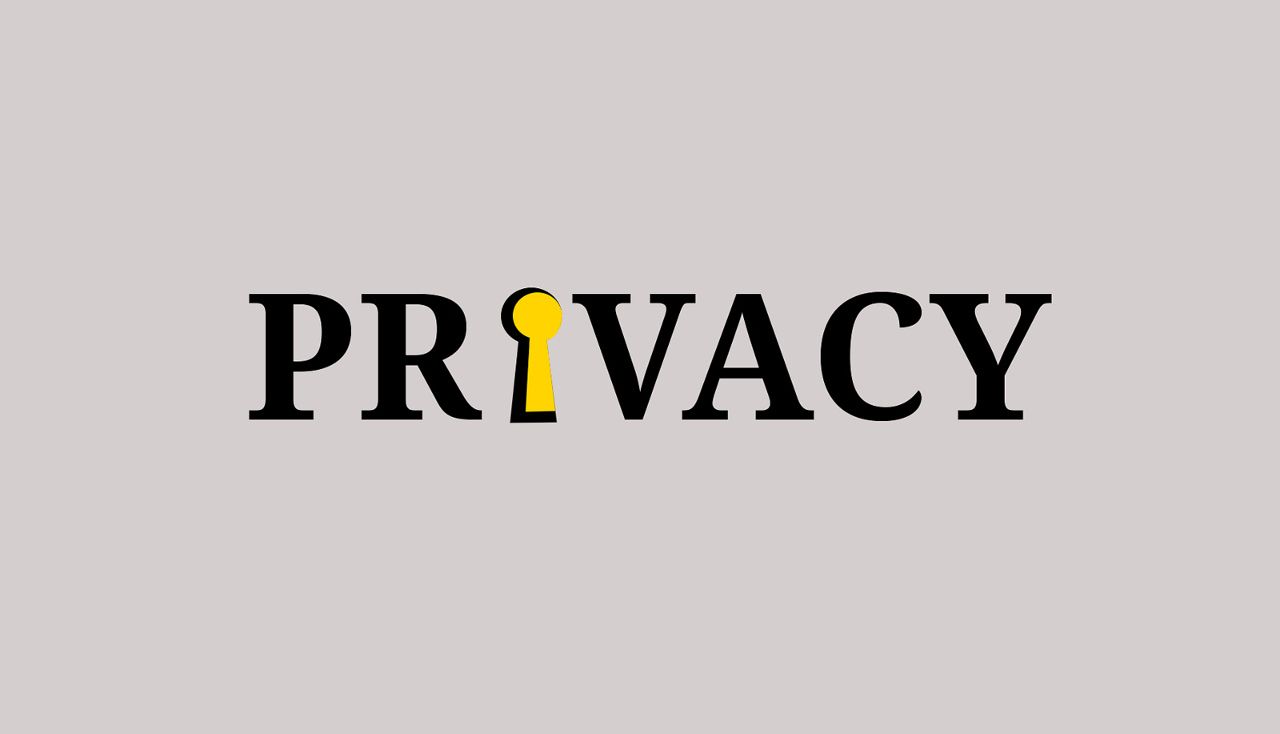How to Get Started with Tor
How is Tor different from the normal internet?
The internet is a network, and Tor (short for “The Onion Router”) is a network within that network. Tor is made up of thousands of volunteer-run relays that transmit traffic throughout the network. Whenever you use Tor, a few things happen that make it different from the normal internet. First, all of your internet traffic is encrypted before it leaves your device and isn’t decrypted until it exits the Tor network. That means no one who happens to intercept traffic, such as a nosy internet service provider or hacker, can decipher its contents.
Second, your internet traffic is sent through several of these volunteer relays at random. Each time you go to a new website, for example, the web page data is sent through a different set of relays before it arrives on your computer, making it nearly impossible to trace back to a specific user. No one can see what sites you visit or what you do on them. Finally, Tor gives users access to the DarkNet. These are sites and services exclusive to Tor users. Most of them rely on Tor’s anonymity to protect both themselves and their users from being identified.
For more details on how encryption works and what is ciphertext, check this post.
Who needs anonymity, and why?
The anonymity provided by Tor is used by a variety of people. A journalist might use it to anonymously communicate with a whistleblower, for example. Some users simply prefer not to be tracked by governments and corporations. Tor is also leveraged for many ignoble causes, including crime. Criminals can purchase and sell illicit goods, for example.
We have created a tutorial video on YouTube which can be used to help you create an anonymous email account with the Tor browser.
Is Tor legal to use?
Tor is legal in most countries including the US, but you should check your local laws and regulations if you aren’t sure. In many places, Tor is associated with criminal activity, so the simple act of connecting to it is often enough to raise eyebrows of law enforcement or your ISP. That being said, those entities will only know that you use Tor, but not what you use it for.
How do I get start using Tor?
The easiest way to start using Tor is to download and install the Tor Browser. It’s compatible with MacOS and Windows. It works just like a barebones Google Chrome or Firefox, except you won’t be able to use many features like plugins, cookies, web history, or bookmarks that could potentially incriminate or identify you. Your Tutanota mailbox can also be accessed via Tor.
Mobile users are much more limited. Android users can install Orbot, an unofficial but popular browser that connects to Tor. iOS users currently don’t have a Tor-enabled browser app that works without jailbreaking the phone.
There are dozens of ways to use Tor for any number of anonymous applications. If you’re truly serious about being anonymous, consider using TAILS, a live operating system that boots from a USB drive. The entire Linux-based OS runs its traffic through the Tor network, instead of just the browser, and it leaves no trace on your computer of having ever been used.
What does Tor have to do with the DarkNet?
Tor is the primary means of accessing the DarkNet. The DarkNet is made up of websites that can only be accessed via Tor or some other anonymity software. In the case of Tor, specifically, these websites have the .onion suffix in their URLs. The sites cannot be accessed with a normal browser and are not indexed in search results. DarkNet websites include hidden blogs, illicit goods marketplaces, whistleblowing services, and much more, but you must know what you’re looking for.
If you want to learn more about how to access the deep web (sites that aren’t indexed by major search engines like Google) and DarkNet (Tor hidden services and sites), check out our article on how to access the deep web and DarkNet.
So nothing I do while connected to Tor can be tracked back to me?
Not so fast. Tor goes a long way in protecting people’s identity, but human error can go a long way in undoing that protection. If you log into an account or post any sort of personal information, for example, Tor will do little to protect you.
Is Tor better than a VPN? Can I use them together?
Tor is for anonymity. A VPN is for privacy. These are two closely related principles that have a lot of overlap, but they’re not the same. Think of it this way: Tor is like wearing a Halloween mask on a public bus. Nobody knows who you are, but you still stick out like a sore thumb. You might even scare some people. A VPN is like being chauffeured around in a private car with tinted windows. No one can see you and you aren’t so conspicuous, but you must also trust the driver of the car not to disclose your activity to any third parties. The private car is also faster than the bus in most cases.
Short for Virtual Private Network, a VPN encrypts all of a device’s internet traffic and routes it through a (usually) single intermediary server in a location of your choosing. This masks your IP address and hides the contents of your internet traffic. Usually you share the server’s IP address with dozens or even hundreds of other users at the same time, making it very difficult to trace back activity.
A VPN provider has the capability of snooping on your online traffic. That’s why we at Comparitech only recommend using “logless” VPNs that promise not to keep any data about your online activity. But VPN traffic doesn’t draw attention like Tor traffic does, and they tend to be a good deal faster—ideal for downloading large files and streaming video. Tor, on the other hand, is quite slow and only suitable for basic web browsing. The two can be used together and in most cases this will improve both your privacy and anonymity, but also make browsing significantly slower. The easiest way to do this is to simply connect to a VPN using an app, and then booting up the Tor browser. This is called “Tor over VPN”, in which your internet traffic first goes through the VPN server, and then through the Tor network. Conversely, you can also configure “VPN over Tor”, in which traffic flows first through Tor and then through the VPN server. This is a bit more difficult to accomplish and has a few advantages that we won’t delve into here, but you can read more about it on our list of the best VPNs for Tor.
Are there any alternatives to Tor?
Tor is by far the most popular anonymity network and means to access the DarkNet. It is unique in that it allows users to access both DarkNet and clear net (normal WWW internet) while connected to the network.
Tor alternatives, namely I2P and Freenet, are closed off and do not allow connected users to access the clear net. This improves security and anonymity in some respects but may not fulfill your needs if you plan to access a clear net site. Users of other networks cannot access DarkNet content on other networks.
Interview with Paul Bischoff


Paul Bischoff is the editor of Comparitech, a website that reviews, compares, and explains how to use a range of privacy-focused tech products and services. He started tech blogging in 2012 and has written for Tech in Asia, Mashable, Engadget, and several other publications. Today he focuses on subjects related to privacy, security, anonymity, encryption, net neutrality, and freedom of speech and expression.

